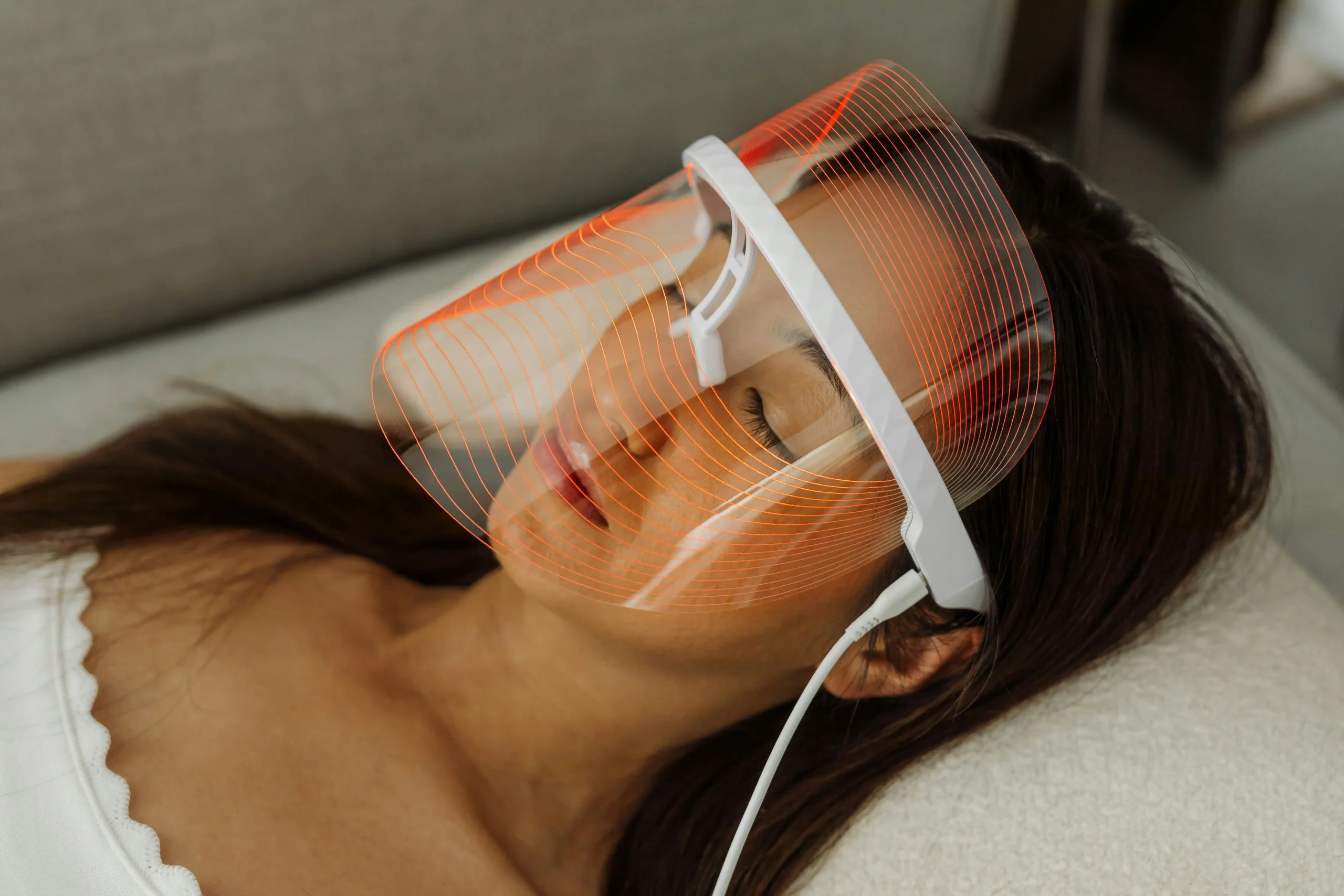Current trends operating in society are significantly influenced by beauty canons. In prehistoric times, a woman’s most important asset was fertility, and her role was to give birth to as many children as possible. Works of art from this period very clearly emphasize those elements of the female figure that are associated with fertility and motherhood. Sculptures and paintings depict the female body with lush shapes, large breasts and wide hips. A good example of this is the prehistoric Venus of Willendorf figure, which dates back to prehistoric times, with short legs, very wide thighs, expansive hips, and a prominent belly and bust. All of these attributes are associated with the archetype of a mother able to nourish her offspring even under harsh conditions.
Ascetic anorexia
The staggering Christian religion regarded the body as unnecessary ballast symbolizing man’s frailty, a prison for the soul. She encouraged ascetic mortification. The cult of the Virgin Mary developed, who was depicted as a beautiful, young and ethereal woman, dressed in fancy upholstered robes, exuding beauty resulting from a spirit undefiled by sin. The times have created an ideal of a woman who is delicate, fragile, slim, pale and fair-haired. Ethereality and subtlety were indicative not only of a high spirituality, but also of a woman’s weakness and vulnerability in opposition to male strength. In medieval times, faces with a high forehead were considered attractive, and it is said that some ladies even plucked their hair from the front of their heads to bring their image closer to the desired ideal. At Queen Elizabeth’s court, women used remedies based on such poisonous ingredients as arsenic, mercury and wolfberry to achieve a fair complexion. Ascetic practices involving mortification of the body through the wearing of hairpieces, spiked armbands, scourging and the practice of so-called “whipping” were also common. holy anorexia, or extreme fasting involving, for example, eating only eucharist. Drastic fasting signified the rejection of the body as earthly ballast and ushered in a state of ecstatic visions.
From Rubens' woman to romantic tenderness
During the Baroque period, such today’s undesirable features as thick thighs and arms, double chin and belly folds were held in high esteem. Women’s shapes became full to the point of exaggeration, as exemplified by the paintings of Peter Rubens, who painted ladies with large buttocks and breasts often emphasized by a dress with deep cleavage. It is said that in those years a man’s property status was indicated by the figure of his wife. The more she resembled a typical “Rubens woman,” the richer her husband was. However, portraits from the Protestant circle, which emphasized modesty and simplicity, broke out of this trend. During the Enlightenment, a slim and slender figure returned to favor. High growth was also included in the price. Dresses and hairstyles reached absurd sizes and shapes, the best example being voluminous gowns that did not fit through doors and had to be overcome by entering sideways. Also, the hairstyle with a model of a ship attached to it says a lot about the love of exaggeration of the time. The turn of the 18th and 19th centuries, on the other hand, brought romantic, airy, delicate and ethereal femininity. Women of that time were supposed to be subtle and sensitive, with white skin, slightly pink cheeks, a shy look and a pure soul. Clothing was meant to accentuate beauty, while pastel, light colors and light fabrics were meant to build an impression of gentleness. The hairstyles were inspired by the style of ancient Greece. Dresses made of flowing fabrics, with the waist raised all the way up to the bust, were popular.
Victorian model of asexual doll
Over time, the belt of dresses lowered, and women’s outfits began to give women an expression of innocent childishness. Wide and ankle-length skirts, caps and lots of ornaments made adult women resemble dolls, and this was an intended effect to emphasize the fact that they were the property of their husbands. Wide gowns took on more and more size, forcing social distance. Still, a woman’s appearance was supposed to emphasize her social function – that of a wife, whose appearance determines the status of her spouse. These patterns were intended not only to externalize fragility, but also to externalize the inability to work. They justified the tendency to isolate women and the prevailing belief that they should be provided with a high quality life. In fashion was the powder-enhanced snowy pallor of the face surrounded by dark hair and dark shadows under the eyes. Such an appearance symbolized membership in a certain class and race. In addition, the preservation of an almost transparent complexion meant that the woman did not go out too often, which signaled that she liked to stay at home, making her suitable for the role of wife and mother. At the time, tanned skin signified low social status. So women used special powders, and drank vinegar, which had skin whitening and slimming effects. Hair was worn pinned up in a bun with a parting in the middle.

Timeless wasp waist
The Edwardian era (early 20th century) was marked in fashion by the wasp waist. The figure favored at the time was slender, tall, with large breasts, expansive hips and an incredibly narrow waist and long neck. This standard would have been impossible to achieve naturally, so specially tailored corsets were indispensable to give the figure a specific look called “pigeon breast.” Since photography already existed, a deep waistline could also be achieved with photomanipulation. Ladies who wanted to have a wasp waist not only in the photo, but also in everyday life, sometimes specifically infected themselves with tapeworms to lose weight. The result was not only chronic diarrhea and bad breath, but also many other serious ailments. Fortunately, medicines could be purchased to get rid of the parasite, but it was not easy. Fashionable was the distinctive voluminous hairstyle with hair pinned up on top of the head in a loose bun, called the “cottage loaf,” or country bread, and which was often decorated with feathers. The ideal of beauty was a face with large, slightly drooping eyelids. Such a model of the ideal woman was created by American illustrator Charles Gibson. This is how one man’s artistic vision left its mark on the appearance of the women of that era, and was often the cause of great effort and absurd sacrifices on their part to come at least close to the created ideal. Glamour was also well received – the more ornaments, the better. Popular, for example, were hats so grotesquely large that ladies had to prop themselves up with umbrellas for balance.
Beginning around 1910, new trends and attempts to break free from the restraining freedom of movement of fashion emerged throughout the 1920s. It was during these times that the suffragette movement fighting for women’s rights had its beginnings. The ideal became a petite, low, boyish figure without a waistline, with drooping shoulders and small breasts. Strong makeup and oriental hair ornaments became fashionable, and a new model of clothing appeared: loose dresses tapered at the ankles, and corsets were also abandoned. Unfortunately, they were replaced by a different kind of bundling: the bottoms of the dresses were so narrow that they prevented free walking, sometimes leading to accidents. In the 1920s, dresses became shorter and wide. They were supposed to take away the curves of the body and give it a simple, geometric look. For the first time in history, it became fashionable to cut hair short, bob-style. Eyebrows were short, drooping downward, and only the middle part of the mouth was painted.
The golden era of Hollywood
In 1938, LIFE magazine announced that the canon of female beauty had changed again. The golden era of Hollywood, which had lasted since the 1930s. up to 50. In the 1970s, it once again promoted a silhouette characterized by curves. The ideal has again become an hourglass figure with a wasp waist and large breasts. As can be seen in old movies, ladies used to style their eyebrows so that they appeared to be very high. The eye shadows were delicate, and the whole effect of the makeup was centered on dramatic lashes accompanied by red lips. In the post-World War II era, distinctive hairstyles with high-piled curls called “victory rolls” became fashionable, while in the 1950s, hairstyles with high-piled curls called “victory rolls” became fashionable. The hourglass figure was further accentuated by “new look” style dresses with heavily flared bottoms, as well as by lingerie that gave the breasts a pointed shape. All ladies, even slim ones, wore tightly-fitting underwear to give the figure the desired shape. This style of exaggerated emphasis on women’s attributes alluded to the tendency of the time for ladies to return to their traditional roles as wives and mothers after the traumas of World War II.

What will the future bring?
Now the ideal of feminine beauty is a natural silhouette, the tendency seeks to accept one’s body as it is. Hairstyle is chosen to fit the shape of the face, hair color to fit the complexion, and clothing to fit the body type. The time has come when finally each of us can feel comfortable in our own skin without the pressure forcing us to chase unattainable perfection.





